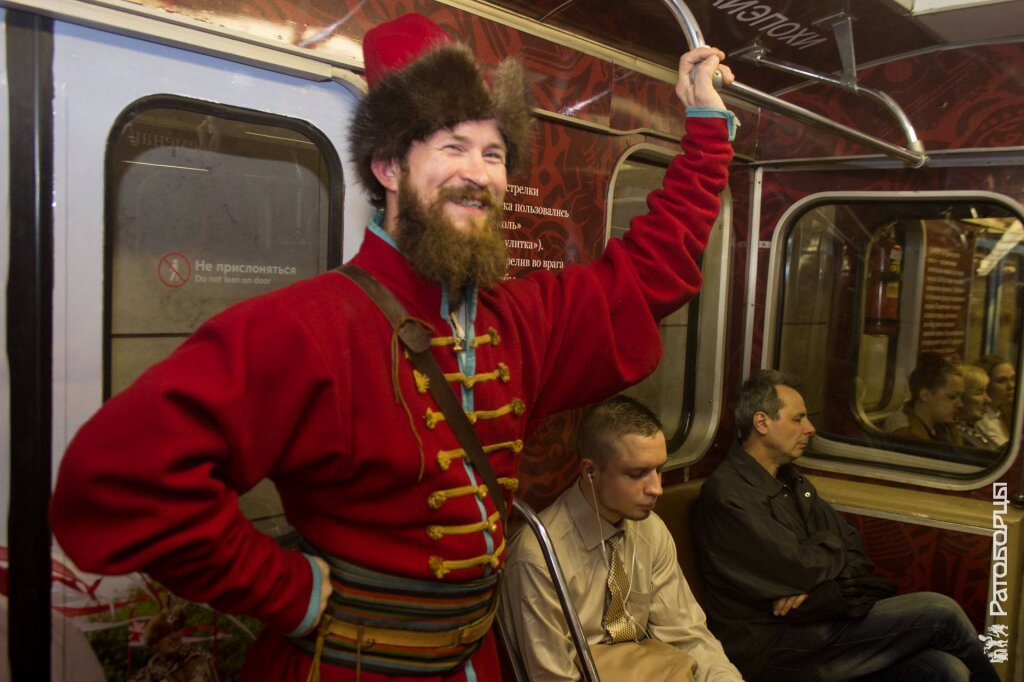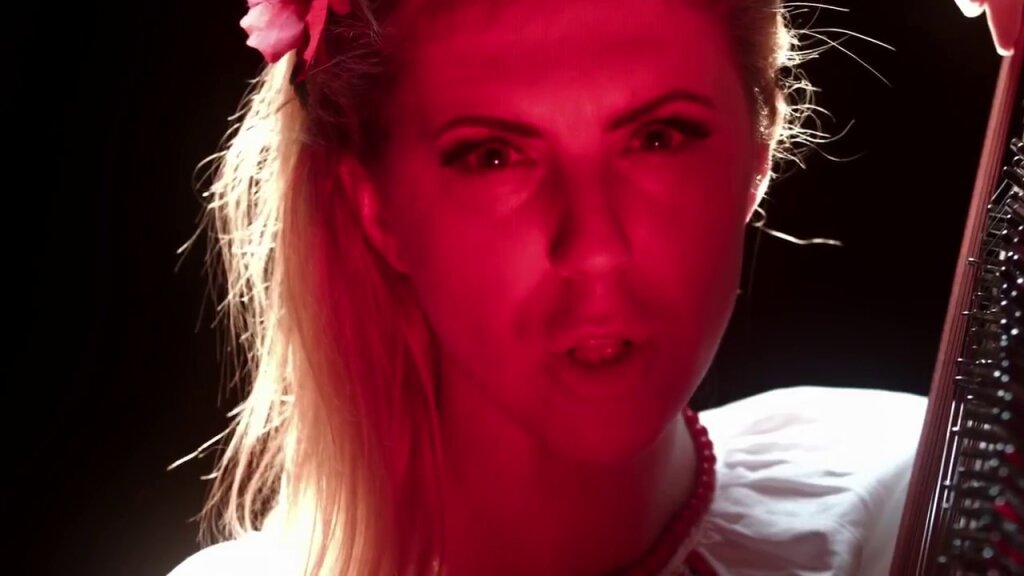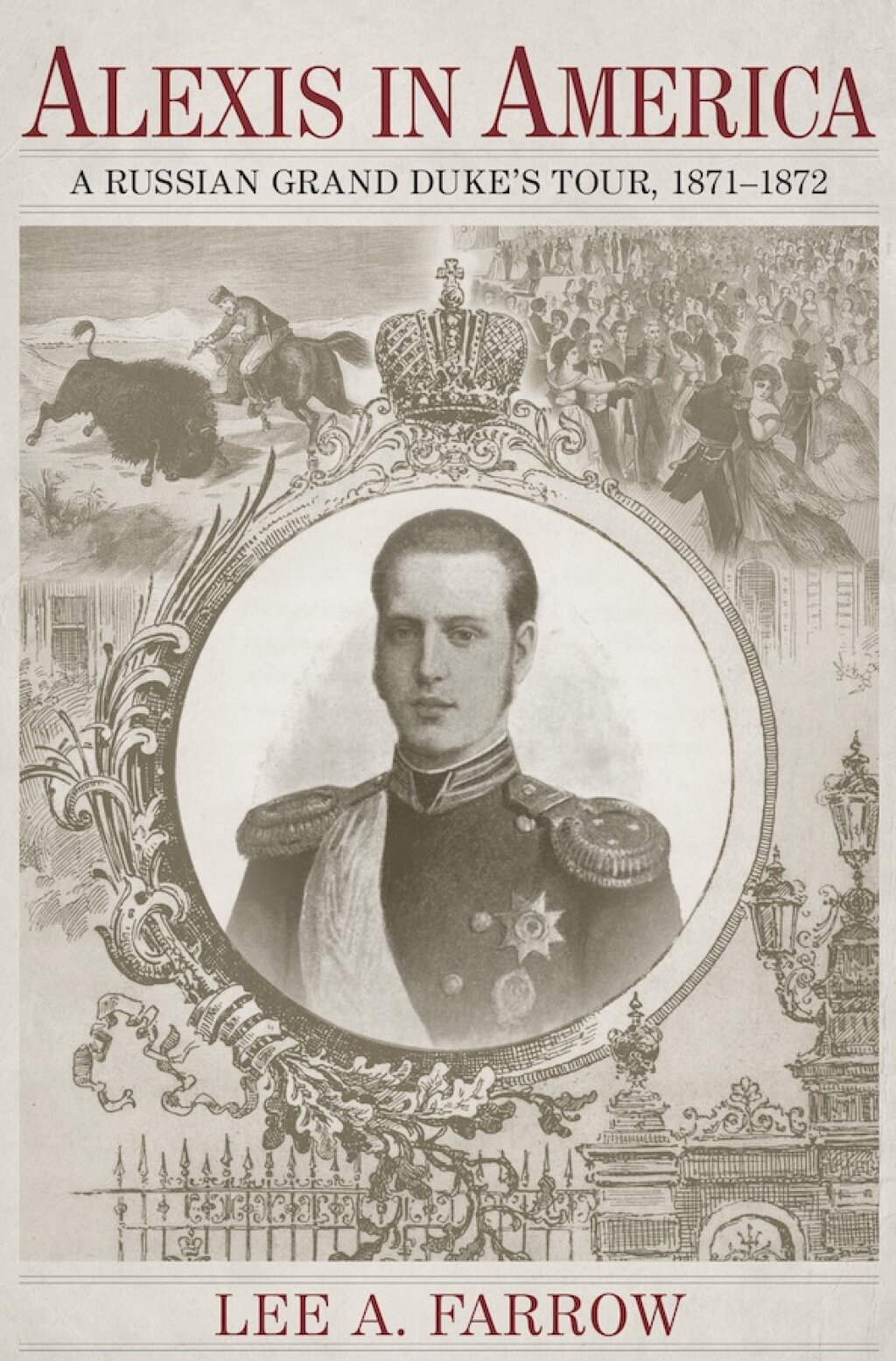This is Part I of a two-part post. Part II will appear on Thursday.
Bradley A. Gorski writes on the literature and culture of contemporary Russia. He teaches at Vanderbilt University.
The past came to Moscow in June this summer. Meduza journalist Ivan Golunov had just been arrested on trumped-up drug charges that seemed calculated to remind citizens that the Soviet era was not entirely behind them. That same month, Muscovites were hotly debating the government lies, bureaucratic incompetence, and individual heroism of 1986—as depicted in the final episodes of HBO’s Chernobyl. Time seemed a bit out of joint.
It was at this moment that an enormous event called Times and Epochs descended on Moscow, taking over the Boulevard Ring and transforming Moscow’s public spaces into immersive reconstructions of various historical eras. Billed as “The world’s largest historical event,” Times and Epochs annually attracts hundreds of thousands of battle re-enactors, period-specific artisans, and uncostumed spectators for recreations of everything (or every time) from ancient Rome to medieval Rus’ up to the Russian Civil War and WWII. The festival is only one of an enormous number of such events that have sprung up across the country in recent years and that act as the meeting points for the growing Movement in Historical Reconstruction (Dvizhenie istoricheskoi rekonstruktsii, or DIR, as it is often known).
The movement traces its roots to the late Soviet era when several amateur groups began dedicating themselves to battle reconstruction, especially of the Napoleonic Wars and other high and low points of Tsarist military glory. Igor Strelkov, who went on to play an important role in the breakaway “Donetsk People’s Republic,” counts himself among an early generation of enthusiastic White Army re-enactors. As Oleg Kashin writes in a profile of Strelkov, “Essentially, he is now playing the same role in Ukraine: his haircut, his mustache, his manners, and even his military tactics are almost all copied from images of White Guard officers in Soviet films.” Other enthusiasts from this era continue to work in historical reconstruction and several, like St. Petersburg State University historian and avid reconstructor Oleg Sokolov, are admired as something like the movement's progenitors.
Over the last decade, however, Russia’s historical reconstruction movement has receded significantly further into the past, shifting focus from the 19th and early 20th centuries to the pre-modern era. In a recent survey of “reconstructors” (rekonstruktory is the term used by those on the inside, often to distinguish themselves from roleviki, or role-players), 85% chose the medieval era as the “most interesting” period for reconstruction.
In the last ten years, the movement has also transformed from a loose network of principally amateur enthusiasts into a government and corporate-sponsored industry, counting several millions of rubles in both grant and commercial cashflow. Throughout Russia, festivals like the Epic Shores (Bylinnyi bereg in Kimry, Tver’skaya oblast, operating since 2011) Abalak Field (Abalakskoe pole, Tobol’sk, since 2009), and The Call of the Parma (Zov Parmy, Cherdyn’, Permskii krai, since 2006), as well as municipal reconstruction clubs receive significant support from local government ministries and from the Corporate Social Responsibility offices of extraction giants like Gazprom and Lukoil.
This increase in state funding, taken alongside the move toward pre-modernity, seems to suggest that Russia’s neo-medievalism might have a certain political relevance. In her article “Neomedievalism Plus Re-Stalinization of the Whole Country!,” Dina Khapaeva connects the ideological core of the movement to the influential far-right tracts of Alexander Dugin and Mikhail Yur’ev. Yur’ev’s The Third Empire: Russia as it Should Be (2007), for instance, argues that a return to medieval social mores, from the terror of the Oprichnina to a strong sovereign and strict class distinctions in society, would be essential for Russia to claim its rightful place as a leader of nations. This “nostalgia for a class-based society, paternalism, and terror as a form of rule,” writes Khapaeva, unifies the far-right and undergirds the surge in neo-medieval aesthetics throughout the country.
In my own research, I have found that most reconstructors and festival-goers do not see the connection to politics as clearly as Khapaeva does. Quite the contrary: they often specifically cite the lack of political imperatives among the reasons for attending. “Reconstruction is generally not very ideological,” says Andrei Ivanov, a Moscow-based reconstructor, “and that is part of its attraction.” Upon further reflection, however, the same reconstructors often circle around to recognizably conservative social positions. Ivanov, for instance, adds: “However, within the movement, I don’t know of any nihilists or Russophobes. [...] Healthy values, ‘absorbed’ from the past, are characteristic of reconstructors: strong families, traditional gender roles, a cult of camaraderie.”



